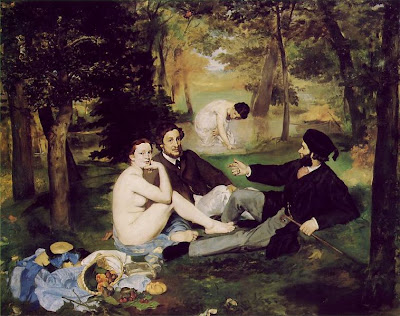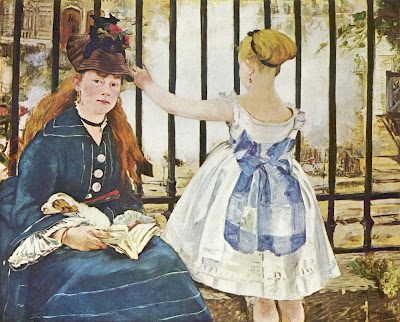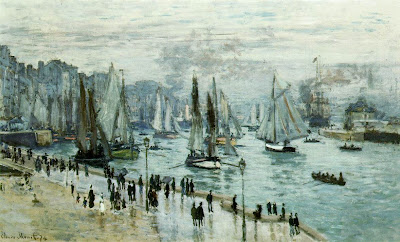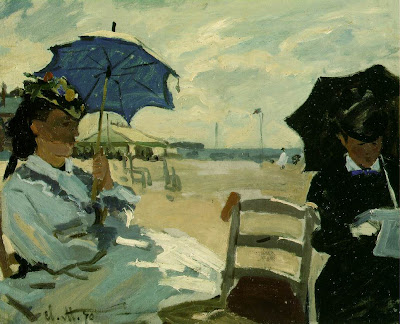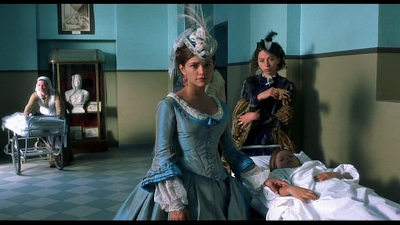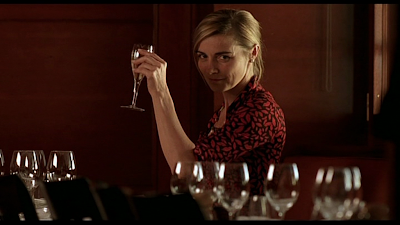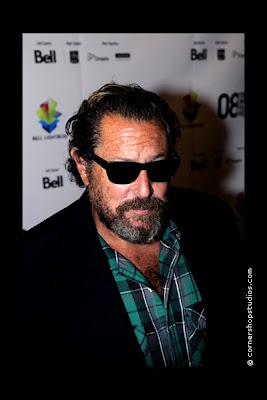 ANKUR
ANKURA film by Shyam Benegal
Country:India
Year:1974
Hindi with English subtitles
Runtime: 131 min
4th Oct 2009; 5.45 pm
Ashwin Hospital Auditorium
Call : 94430 39630
http://konangalfilmsociety.blogspot.com
 Ankur opens to a surreal shot of a modern day feudal village in rural India, as an attractive young peasant woman named Lakshmi (Shabana Azmi) participates in a ritual pilgrimage to the shrine of the mother goddess bearing offerings for the tribal ceremony in the hopes that the goddess will answer her prayers to have a child. The scene then cuts to a group of university students comparing the results of their final exams - among them, a zamindari (feudal landowner) heir named Surya (Anant Nag) who barely makes the grade with a "pass class".
Ankur opens to a surreal shot of a modern day feudal village in rural India, as an attractive young peasant woman named Lakshmi (Shabana Azmi) participates in a ritual pilgrimage to the shrine of the mother goddess bearing offerings for the tribal ceremony in the hopes that the goddess will answer her prayers to have a child. The scene then cuts to a group of university students comparing the results of their final exams - among them, a zamindari (feudal landowner) heir named Surya (Anant Nag) who barely makes the grade with a "pass class".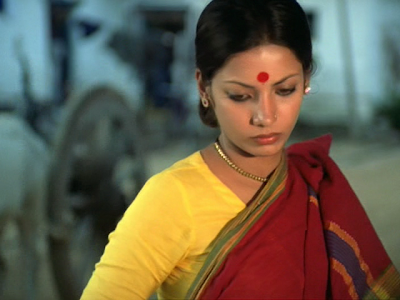 Returning home to announce his successful completion, he is angered by the brazen appearance of his father's longtime mistress Kaushalya, and their grown son Pratap in the house, and retreats to the kitchen in order to enlist his mother into cajoling his father to allow him to continue with his studies despite his mediocre grades. His father remains unmoved by his selfish request, and compels him to go through with a pre-arranged marriage to an underaged young woman from a privileged family named Saroj (Priya Tendulkar) and assume responsibility for managing the family's neglected feudal estate. Unable to bring his new wife to the zamindari until she comes of age, the lone Surya arrives unexpectedly at the gates of the farmhouse and is greeted by the housekeeper Lakshmi, and her unemployed, deaf-mute husband Kishtaya (Sadhu Meher) who live in a nearby hut.
Returning home to announce his successful completion, he is angered by the brazen appearance of his father's longtime mistress Kaushalya, and their grown son Pratap in the house, and retreats to the kitchen in order to enlist his mother into cajoling his father to allow him to continue with his studies despite his mediocre grades. His father remains unmoved by his selfish request, and compels him to go through with a pre-arranged marriage to an underaged young woman from a privileged family named Saroj (Priya Tendulkar) and assume responsibility for managing the family's neglected feudal estate. Unable to bring his new wife to the zamindari until she comes of age, the lone Surya arrives unexpectedly at the gates of the farmhouse and is greeted by the housekeeper Lakshmi, and her unemployed, deaf-mute husband Kishtaya (Sadhu Meher) who live in a nearby hut. Surya soon disrupts the dynamics of everyday life in the village by flouting tradition and local custom: asking the lower caste Lakshmi to brew his tea and cook his meals (a task customarily reserved for a Brahmin priest); denying access to the reservoir used by villagers to fill their water vessels; redirecting the water supply to Pratap's adjacent farm; ordering the overseer to actively pursue thieves and exact severe punishment in order to dissuade others from a similar act. However, despite Surya's seemingly progressive ideas on the irrelevance of the caste system, his moral integrity proves suspect when he develops an irrepressible attraction towards his enigmatic and beautiful servant.
Surya soon disrupts the dynamics of everyday life in the village by flouting tradition and local custom: asking the lower caste Lakshmi to brew his tea and cook his meals (a task customarily reserved for a Brahmin priest); denying access to the reservoir used by villagers to fill their water vessels; redirecting the water supply to Pratap's adjacent farm; ordering the overseer to actively pursue thieves and exact severe punishment in order to dissuade others from a similar act. However, despite Surya's seemingly progressive ideas on the irrelevance of the caste system, his moral integrity proves suspect when he develops an irrepressible attraction towards his enigmatic and beautiful servant.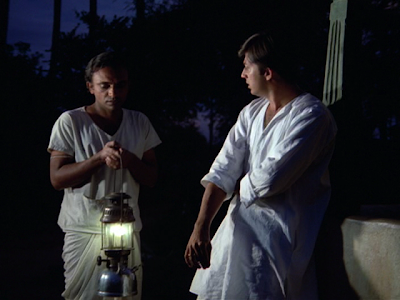 Shyam Benegal creates a sublime and provocative examination of hypocrisy, economic disparity, and the social status of women in Ankur. Capturing narrative realism and understated, naturalistic imagery and sounds, Benegal underscores the dichotomy of rural life in contemporary India, as the inequitable and exploitative legacy of outmoded, but deeply ingrained repressive traditions continue to pervade daily life, despite encroaching urbanization, enactment of laws, and assimilation of Western education: the father's socially tolerated mistress that is contrasted against the public spectacle of a tribal court judgment against a woman who deserted her husband; the inconstancy of punishment for pilfering by the overseer, Lakshmi, and Kishtaya; the class stratification that bounds Lakshmi and Kishtaya to a life of poverty and subservience under an omnipotent zamindar.
Shyam Benegal creates a sublime and provocative examination of hypocrisy, economic disparity, and the social status of women in Ankur. Capturing narrative realism and understated, naturalistic imagery and sounds, Benegal underscores the dichotomy of rural life in contemporary India, as the inequitable and exploitative legacy of outmoded, but deeply ingrained repressive traditions continue to pervade daily life, despite encroaching urbanization, enactment of laws, and assimilation of Western education: the father's socially tolerated mistress that is contrasted against the public spectacle of a tribal court judgment against a woman who deserted her husband; the inconstancy of punishment for pilfering by the overseer, Lakshmi, and Kishtaya; the class stratification that bounds Lakshmi and Kishtaya to a life of poverty and subservience under an omnipotent zamindar. Through compassionate, yet objective observations of the country's inertial progress towards modernization, Benegal chronicles the subtle, ideological shift of the villagers under an unfair and opportunistic hierarchical society. Inevitably, it is through Lakshmi's exposure and condemnation of the culturally tolerated hypocrisy that the proverbial catalytic seedling of social revolution is germinated.
Through compassionate, yet objective observations of the country's inertial progress towards modernization, Benegal chronicles the subtle, ideological shift of the villagers under an unfair and opportunistic hierarchical society. Inevitably, it is through Lakshmi's exposure and condemnation of the culturally tolerated hypocrisy that the proverbial catalytic seedling of social revolution is germinated.(Source: http://www.filmref.com)

Contemporary Indian filmmaker Shyam Benegal has been an important figure in the new wave of Indian directors. Benegal originated what has come to be called "middle cinema". He was initially involved in the advertising industry and produced over 900 advertisements before his interest turned to films.
Shyam Benegal was born on 14 December 1934 at Aliwal, Hyderabad, British India (now Andhra Pradesh, India). The son of a still photographer and one of 10 children, Benegal's love affair with motion pictures began when he made his first home-movie using a hand-cranked camera at age 12. He is nephew of the famous Indian Actor Director Guru Dutt.
As a young man, he went on to found a film society and get involved in acting while studying at Osmania University where he earned an MA in economics. After graduating, Benegal found a job as a copywriter at a large ad agency in Bombay. Soon he was promoted to writing scripts and directing advertising shorts and commercials. He remained there for over a decade.
His film directorial debut was Gher Betha Ganga in 1962. Benegal shot to fame with Ankur 1973, which introduced Shabana Azmi, who also starred in Nishant 1975. The success that New India Cinema enjoyed in the 1970s and early 1980s could largely be attributed to Shyam Benegal's quartet Ankur (1973), Nishant (1975), Manthan (1976) and Bhumika (1977), which were artistically superior yet commercially viable films. Tapping fresh talent mainly from the FTII and NSD, Benegal has made several sensitive and stimulating films.
He was awarded the Padma Shri in 1976 and the Padma Bhushan in 1991. On 8th August 2007, he was awarded the highest award in Indian cinema for lifetime achievement, the Dadasaheb Phalke Award for the year 2005. He is only director to have won the National Film Award for Best Feature Film in Hindi five times.
Shyam Benegal was born on 14 December 1934 at Aliwal, Hyderabad, British India (now Andhra Pradesh, India). The son of a still photographer and one of 10 children, Benegal's love affair with motion pictures began when he made his first home-movie using a hand-cranked camera at age 12. He is nephew of the famous Indian Actor Director Guru Dutt.
As a young man, he went on to found a film society and get involved in acting while studying at Osmania University where he earned an MA in economics. After graduating, Benegal found a job as a copywriter at a large ad agency in Bombay. Soon he was promoted to writing scripts and directing advertising shorts and commercials. He remained there for over a decade.
His film directorial debut was Gher Betha Ganga in 1962. Benegal shot to fame with Ankur 1973, which introduced Shabana Azmi, who also starred in Nishant 1975. The success that New India Cinema enjoyed in the 1970s and early 1980s could largely be attributed to Shyam Benegal's quartet Ankur (1973), Nishant (1975), Manthan (1976) and Bhumika (1977), which were artistically superior yet commercially viable films. Tapping fresh talent mainly from the FTII and NSD, Benegal has made several sensitive and stimulating films.
He was awarded the Padma Shri in 1976 and the Padma Bhushan in 1991. On 8th August 2007, he was awarded the highest award in Indian cinema for lifetime achievement, the Dadasaheb Phalke Award for the year 2005. He is only director to have won the National Film Award for Best Feature Film in Hindi five times.



